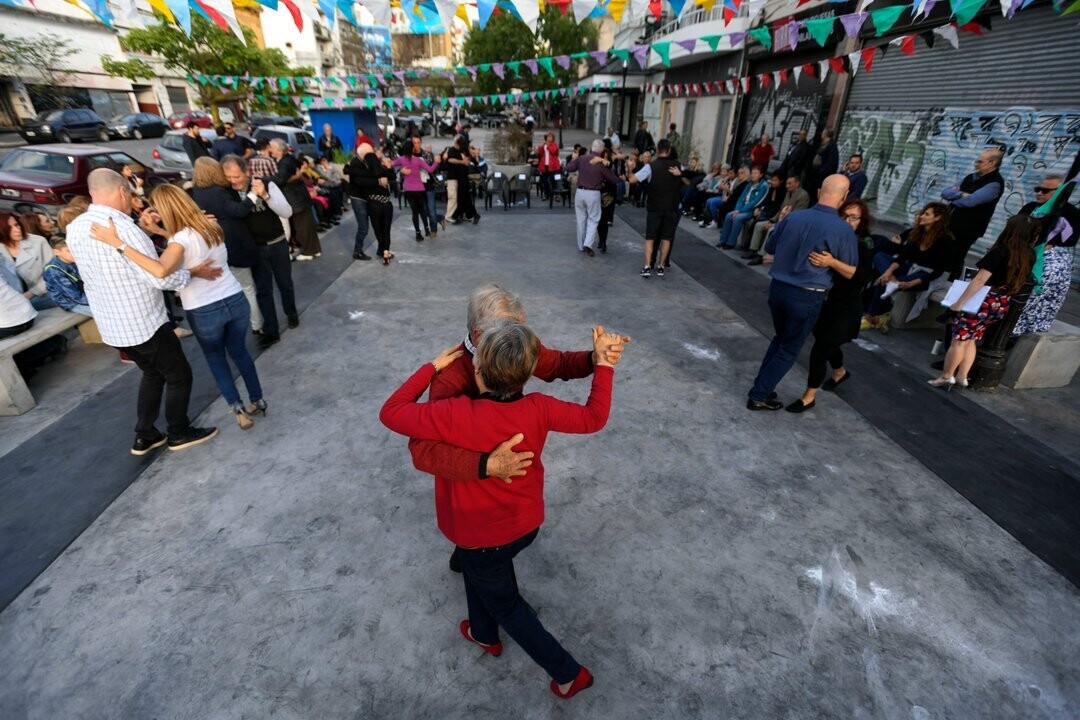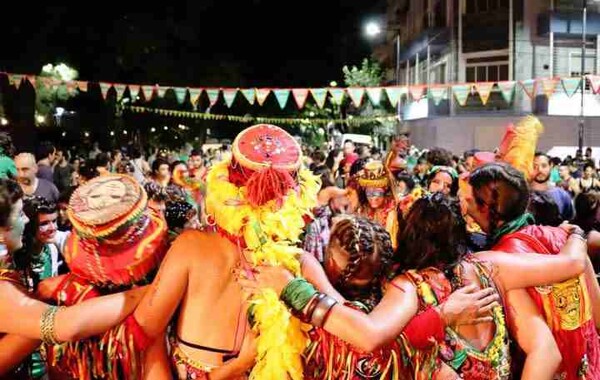
More than 230 years have passed since the inauguration of the first bridge over the Riachuelo, linking the capital of the former viceroyalty "City of Trinity," now Buenos Aires, with the Buenos Aires town of Avellaneda. On December 1, 1791, the inauguration was officiated by a local merchant named Juan Gutiérrez Álvarez, who built and managed the bridge until it was burned by viceroy Rafael de Sobremonte during the first English invasion in 1806.
Throughout history, that passage over the Riachuelo has gained increasing commercial, social, and cultural importance. On September 19, 1931, the current iron bridge was inaugurated, which has become an icon of the area. In 1945, during a historic day for national politics, workers from the region used it to enter the federal capital in a request for the release of Juan Domingo Perón.
The Puente Pueyrredón has been modernized over time to benefit citizens who frequently travel between the two districts. Today, it features a new lifting system and a roadway with a grating design that maintains its original metallic characteristics.
On the south side of the bridge, since August 2016, tango teachers and dancers Mónica Linares and Benjamín Grisoni have been directing the milonga "Looking South." This project aims primarily to revalue the historical importance of the area, highlighting its characteristics and indigenous culture.
The milonga, which has a popular character, seeks to return to the roots of tango, integrating elements of the Afro-RíoPlatense, gauchesca, Hispanic, African, and Italian cultures. With a great ethnic diversity resulting from European immigration in the late 19th century, the dance of tango has remained a globally recognized musical genre.
The dancers, with extensive experience in Argentina and international tours, share their knowledge with students of different ages, including classes at the National University of Avellaneda (UNDAV). With their dedication, they seek to preserve and spread the rich tradition of tango in the local community and beyond.














